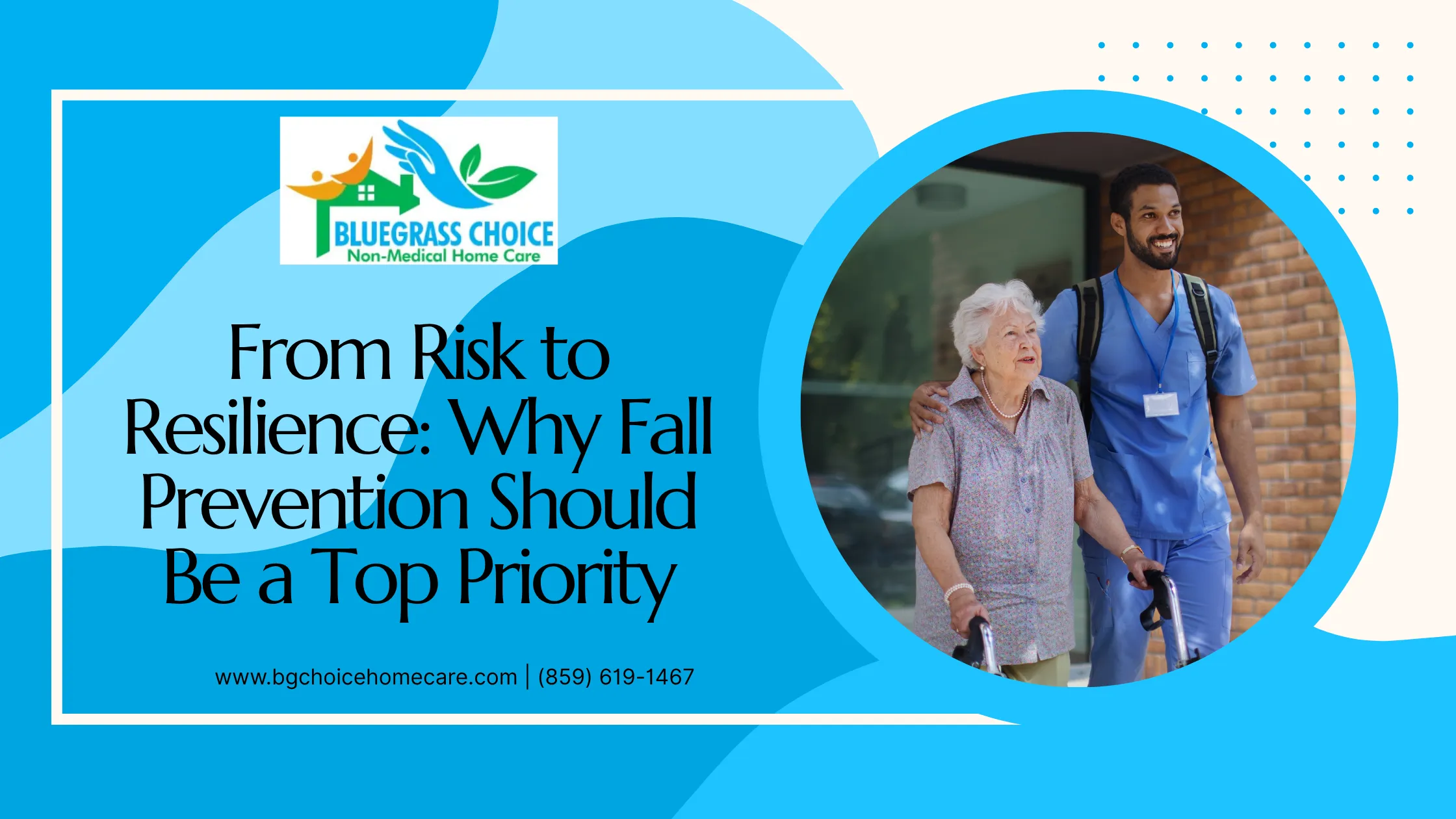Falls are not just slips—they can be setbacks. For older adults, a fall often leads to physical injury, lost independence, or even hospitalization. But with the right mindset and support, it’s possible to shift from being reactive to proactive.
That’s why fall prevention should be a top priority in every home care plan. It’s not just about avoiding accidents—it’s about creating resilience, security, and confidence.
What You’ll Learn in This Blog
- Why seniors face greater fall risks
- Emotional and physical impact of falling
- Proven ways to reduce fall risk at home
- How fall prevention builds daily confidence
- When to take action (before a fall happens)
Why Are Seniors More Vulnerable to Falls?
As we age, our reflexes slow, our balance weakens, and sometimes our vision or medications add to the risk. These changes, while natural, can increase the chances of serious falls.
In addition to physical decline, emotional patterns—like fear of falling—can lead to inactivity, which in turn reduces strength and stability. This creates a dangerous cycle that must be addressed early.
That’s why establishing a fall prevention strategy is essential—not just for health, but for maintaining independence.
What Happens After a Fall? Understanding the Real Cost
A fall can cause more than a physical bruise. It can lead to:
- Painful injuries such as hip fractures
- Extended hospital stays
- Loss of confidence in daily movement
- Withdrawal from hobbies and relationships
- Dependence on others for basic needs
Take Maria, for example. Her father tripped on a hallway rug, and while he only suffered a sprained wrist, the psychological impact ran deeper. He became afraid to walk without help—even to get a glass of water. What started as a minor incident slowly limited his lifestyle.
This is why early prevention—before the first fall—makes a lasting difference.
How to Reduce Fall Risk at Home: Proven Strategies
Creating a safe living space doesn’t have to be complicated. Simple adjustments often prevent serious incidents.
Smart fall prevention strategies include:
- Clearing clutter and securing rugs
- Improving lighting in walkways and near stairs
- Installing grab bars in bathrooms and bedrooms
- Encouraging daily physical activity to maintain balance
- Reviewing medications that may cause dizziness
Professional providers like BG Choice Home Care offer fall prevention services tailored to each client’s home and needs.
What Makes Fall Prevention Essential for Aging in Place?
Aging in place means staying in the comfort of home while maintaining independence. But without a focus on safety, that comfort can turn into risk.
Fall prevention isn’t just a checklist—it’s an act of long-term planning. It enables seniors to keep living in their preferred space with fewer interruptions and greater dignity.
Why Fall Prevention Is About Resilience, Not Just Safety
Preventing falls means giving seniors the tools, encouragement, and environment to keep moving forward.
Fall prevention strategies build resilience by:
- Reinforcing confidence through safe mobility
- Supporting self-care routines with dignity
- Encouraging social connection and activity
- Protecting mental health by reducing fear
Services such as mobility support and companionship care help seniors move with purpose while feeling supported.
How Daily Routines Can Strengthen Fall Resistance
Consistency is a hidden superpower. When seniors follow healthy routines, they naturally lower their risk of falling.
These routines include:
- Taking medications on time
- Staying hydrated and eating regularly
- Dressing in easy-to-move clothing
- Receiving help with bathing, if needed
- Getting gentle reminders to stay active
With services like medication reminders and bathing & dressing assistance, caregivers can help seniors stick to routines that build daily strength and safety.
Quick Recap: Why Fall Prevention Should Be a Top Priority
✓ Falls are the #1 cause of injury for older adults
✓ Injuries can lead to long-term hospitalization
✓ Preventing falls improves quality of life
✓ Daily habits create long-term safety
✓ Fall prevention builds emotional and physical resilience
What makes fall prevention essential in senior care?
How Fall Prevention Services Also Support Families
Worried family members often carry the weight of care alone. But when trained professionals step in, the pressure is reduced—and peace of mind grows.
Caregivers provide:
- Observations to catch safety risks early
- Help with dressing, toileting, and mobility
- Emotional encouragement and social support
- Status updates for family communication
- Flexible in-home schedules based on need
Looking for ways to ease the burden? Learn how in-home care services support both seniors and families with dignity and skill.
When Should You Act? Signs Fall Prevention Is Urgently Needed
What are the signs your loved one may be at risk for falling?
- They’ve had a recent fall or close call
- You notice bruises, limping, or fatigue
- They’re skipping meals or missing medications
- Their home feels more cluttered or disorganized
- They seem hesitant or anxious when walking
If these warning signs are familiar, don’t wait for an emergency. Visit the client website and use their services to begin crafting a plan of support.
To reach their team directly, view the Google Business Profile for hours, reviews, and contact options.
Let Today Be the Day You Choose Safety
Fall prevention is more than a strategy—it’s a commitment to safety, strength, and independence.
There’s no better time than now to help your loved one build resilience. With personalized care, safer routines, and a supportive home, they can keep living the life they love—without fear.


